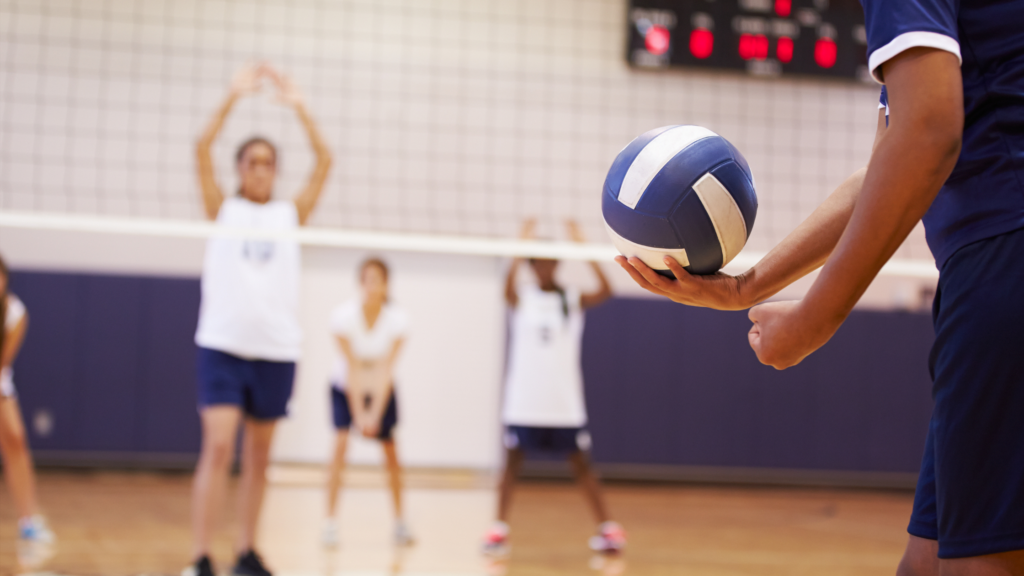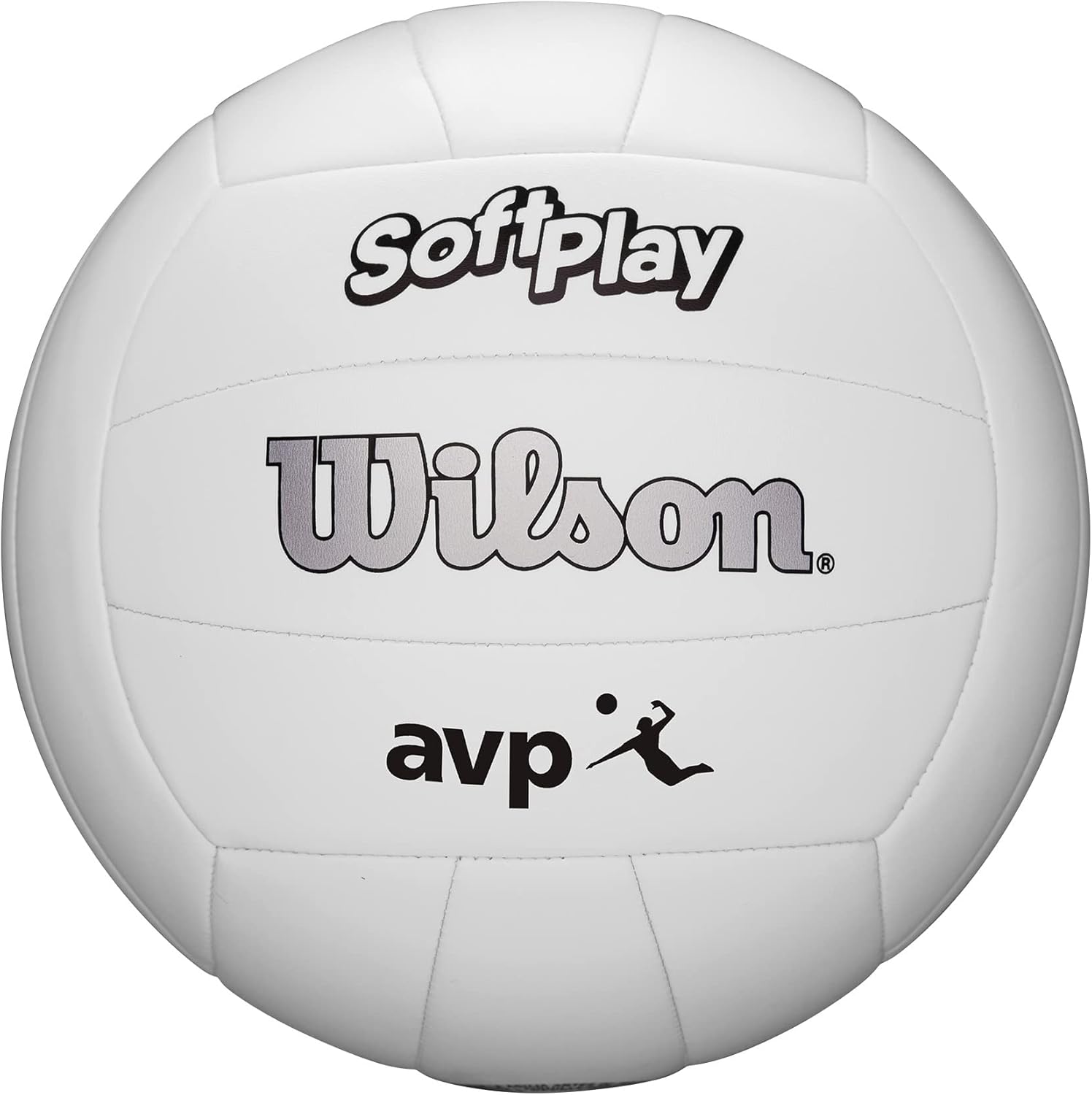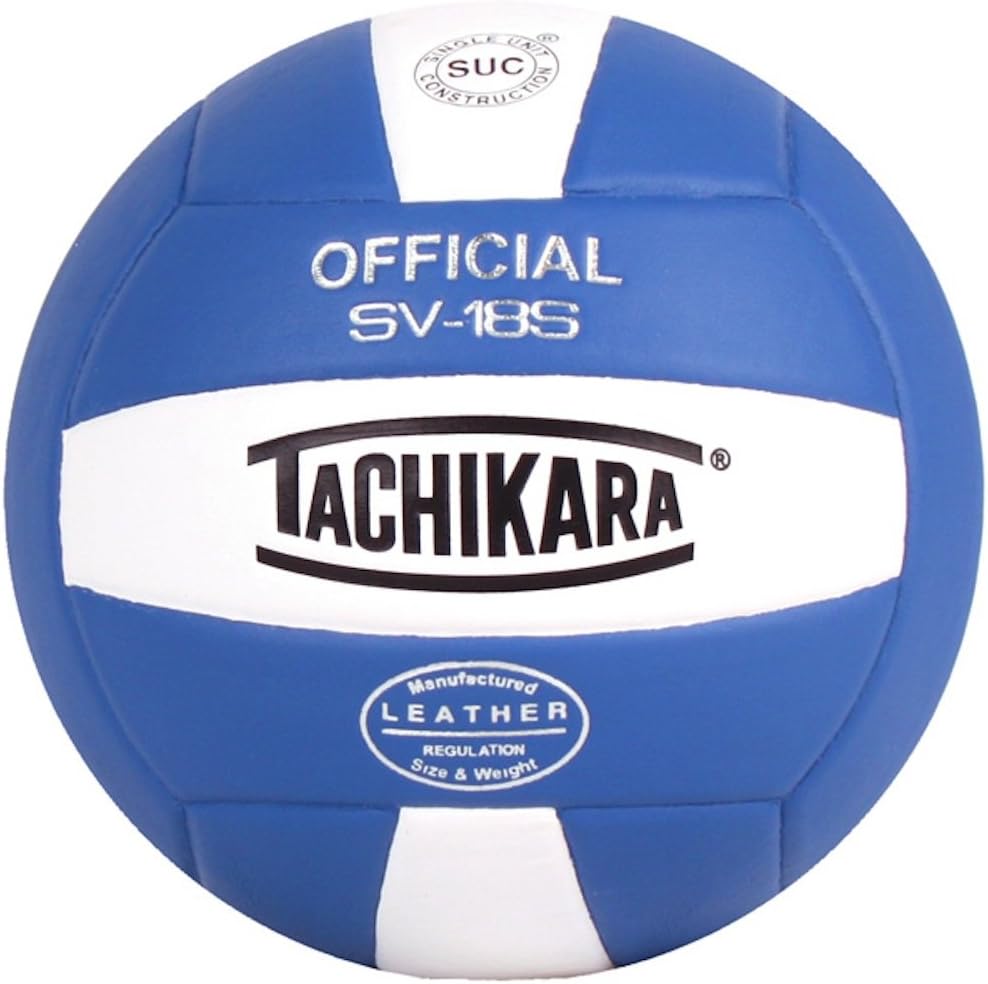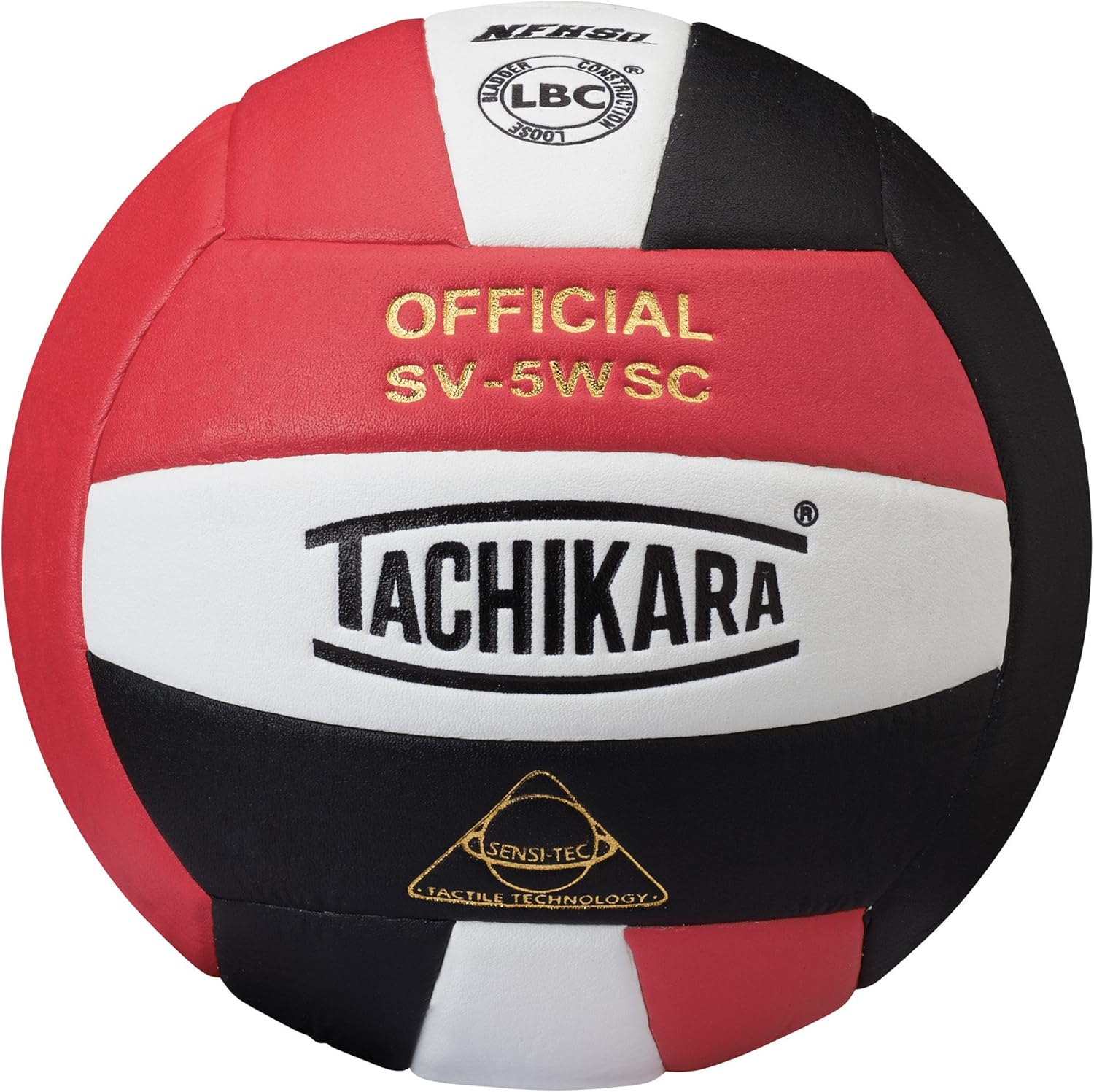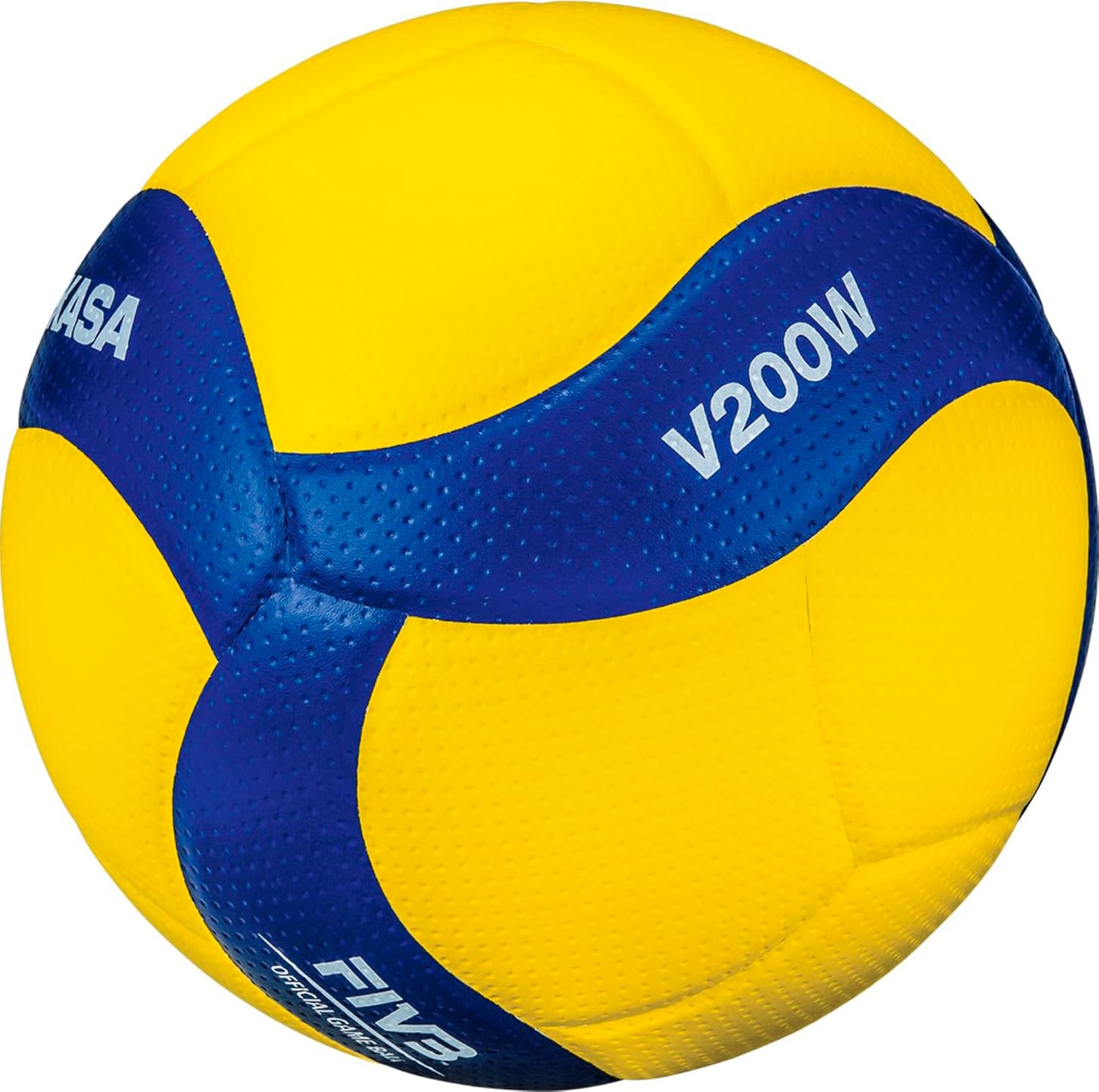Volleyball was created in 1895 by William G. Morgan, an officer of the Young Men’s Christian Association (YMCA) in Holyoke, Massachusetts, USA. At that time, Morgan was looking for a new sport that could be suitable for people of different ages and physical conditions to play indoors during the winter. He combined elements from basketball, tennis, and handball and invented a new game called “mintonette”, which literally means “little net”.

In 1896, Dr. Alfred Halstead suggested changing the name of the sport to “Volleyball” because the main action in the game was to volley the ball back and forth over the net. This name has been used ever since and the sport has gradually developed and evolved.
Playing volleyball can stimulate bone growth. We all know that 99% of the calcium in the human body is found in the bones. Playing volleyball can increase blood flow to the bone cortex, facilitating the transport of calcium ions from the bloodstream to the bones and the transformation of osteoclasts into osteoblasts, thereby promoting bone formation. Additionally, moderate volleyball exercise can enhance calcium absorption and utilization, helping to prevent osteoporosis.
Materials
Natural leather is often used for high-end volleyballs in professional games. It offers an extremely soft touch, excellent grip, and a perfect bounce. The ball made of leather can better respond to players’ techniques, providing a high-quality playing experience. But it requires careful maintenance and is more expensive.
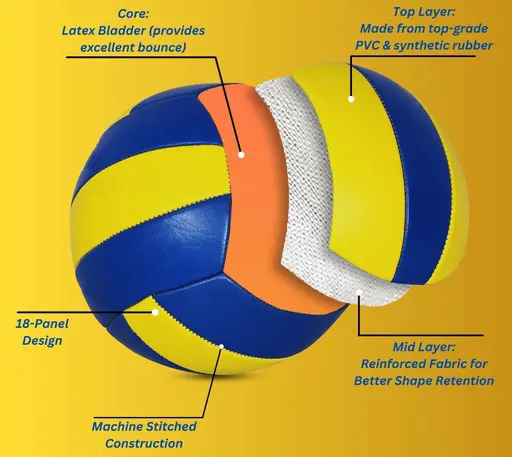
Synthetic leather combines the merits of natural leather and artificial materials. It has good abrasion resistance, is waterproof to some extent, and has a certain degree of softness. It can meet the needs of daily training and most amateur games, being a cost-effective choice.
Rubber is a common material for volleyballs, which is known for its high elasticity and durability. It is more suitable for beginners or children because of its lower price. However, compared with leather and synthetic leather volleyballs, rubber ones may have a harder touch and slightly worse control.
Specifications
Size
Size 5: It is the standard ball for adult competitions, with a circumference of generally 65 – 67 cm. Size 5 volleyballs are suitable for adults in both professional and high-level amateur competitions, providing a proper feel and flight performance.
Size 4: The circumference is about 63 – 65 cm, slightly smaller than Size 5. Size 4 volleyballs are more suitable for teenagers or women. Their smaller size and lighter weight are easier to control and handle, which is helpful for improving skills and cultivating interest.
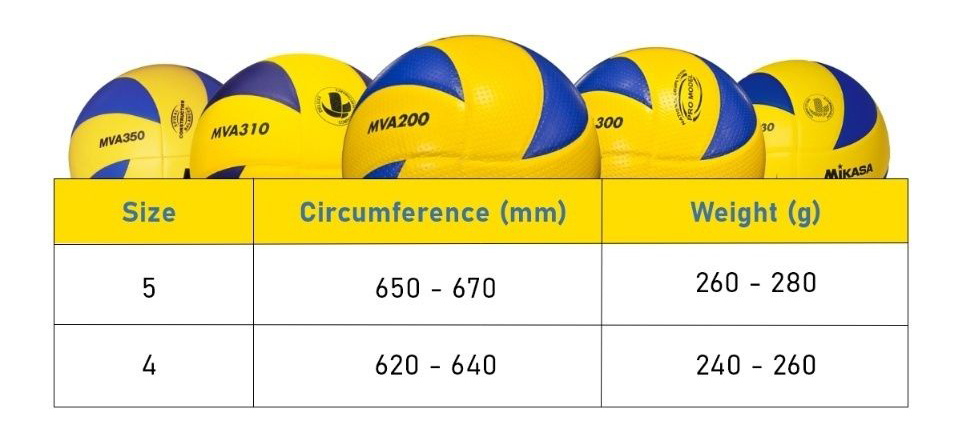
Weight
The weight of a volleyball used in official competitions is generally 260 – 280 grams. This weight range ensures the stability and controllability of the volleyball in flight, allowing players to better demonstrate their technical abilities.
For beginners or children, a slightly lighter volleyball, such as 230 – 250 grams, can be chosen. This makes it easier for them to exert force and control the ball, reducing the difficulty and risk of injury caused by the ball being too heavy.
The Benefits Of Practicing Volleyball
I. Improve Body Shape and Posture, and Regulate the Functions of the Spleen and Kidneys
The jumping movements in volleyball not only exercise the leg muscles but also effectively tone the gluteal muscles. Frequent jumping in volleyball can help shape a beautiful buttocks, making the “S-shaped” figure more prominent. Through observation, it has been found that volleyball players generally have some of the best physiques among all athletes. People with poor balance can also improve their postures by playing volleyball. Regular running and jumping contribute to the spleen’s function of blood production. Volleyball is a sport with a proper rhythm, not overly intense. It allows for physical exercise while avoiding excessive exertion. Appropriate aerobic exercise can nourish the kidney yang and maintain vitality.

II. Vent Your Emotions, Protect the Liver, Release Stress, and Regulate Mood
Although a volleyball is softer than a basketball, some of the actions in volleyball are extremely satisfying. Before serving, players vigorously pat the volleyball on the ground, making a “thumping” sound. This is similar to practicing the Iron Palm technique. When the palm strikes, the nerve endings in the fingers and palm quickly transmit the intense stimulation to the brain, which immediately becomes excited and releases hormones, relieving the soreness in the spine, arms, and wrists. After 20 consecutive forceful strikes, moderate stress (manifested as a tight scalp) is generally alleviated. This simple action is equivalent to the effect of swimming 500 meters freestyle or continuously dribbling and layup in a basketball court for 10 rounds (most people would collapse after finishing that).
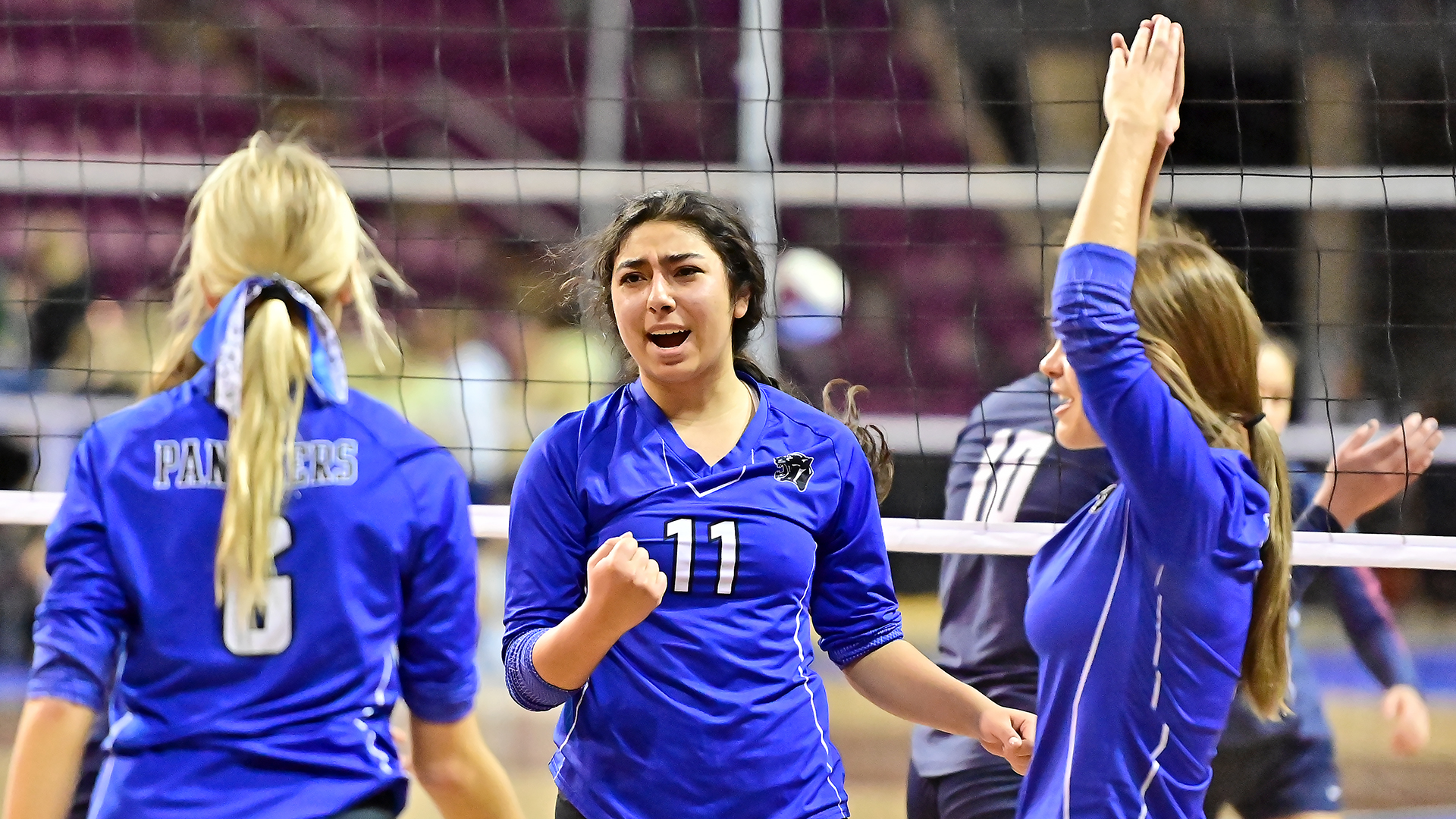
III. Lower Blood Pressure and Reduce the Chance of Obesity
During the sport, there are often jumping and spiking actions, which exercise the muscles of the thighs and the waist and abdomen, eliminating excess fat from the legs and making the waist more shapely. The arms will also develop a perfect curve. Since frequent jumping is required, players will naturally pay attention to controlling their food intake. Otherwise, they may be too heavy to jump!
IV. Enhance Muscle Strength, Make Muscles Proportionate and Powerful, and Promote Body Flexibility and Coordination
The receiving actions in volleyball often involve patting and stimulating the three yang meridians and three yin meridians in the arms. When playing volleyball, not only do the nerve endings at the fingertips receive stimulation, but the entire body’s movement further stimulates the coordinated activation of muscles from head to toe, achieving a balanced exercise throughout. Playing volleyball can make the nervous system more agile. Unexpectedly, it can also have a regulatory effect on conditions such as inattentiveness and neurasthenia. Playing volleyball can not only exercise the body but also improve a person’s psychological quality. On the court, those with good psychological qualities will be more agile and responsive.
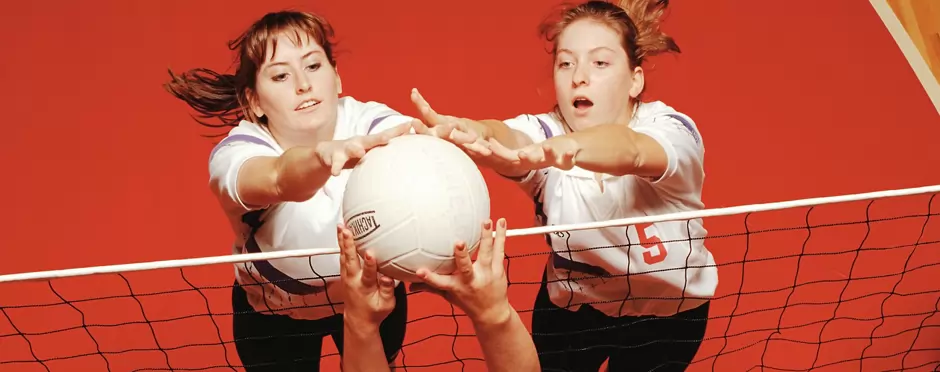
V. Promote Physical Growth, Improve Jumping Ability, Repair the Spine, and Improve Cardiopulmonary Function
Volleyball is an aerobic sport. It can not only exercise your explosive power and jumping ability but also enhance your endurance, which is conducive to muscle growth. The basic movements in volleyball, such as squatting and looking up, are like those of a leopard always ready to go. The receiving, running, spiking, and defensive movements are smooth and comprehensive, covering almost all the movements in the Five-Animal Exercises. This is beneficial for the development of the spine. For middle – aged people who are prone to spinal deformation, regularly playing volleyball can help self – repair the spine, reduce the pressure on the heart and lung muscles, and improve cardiopulmonary function.
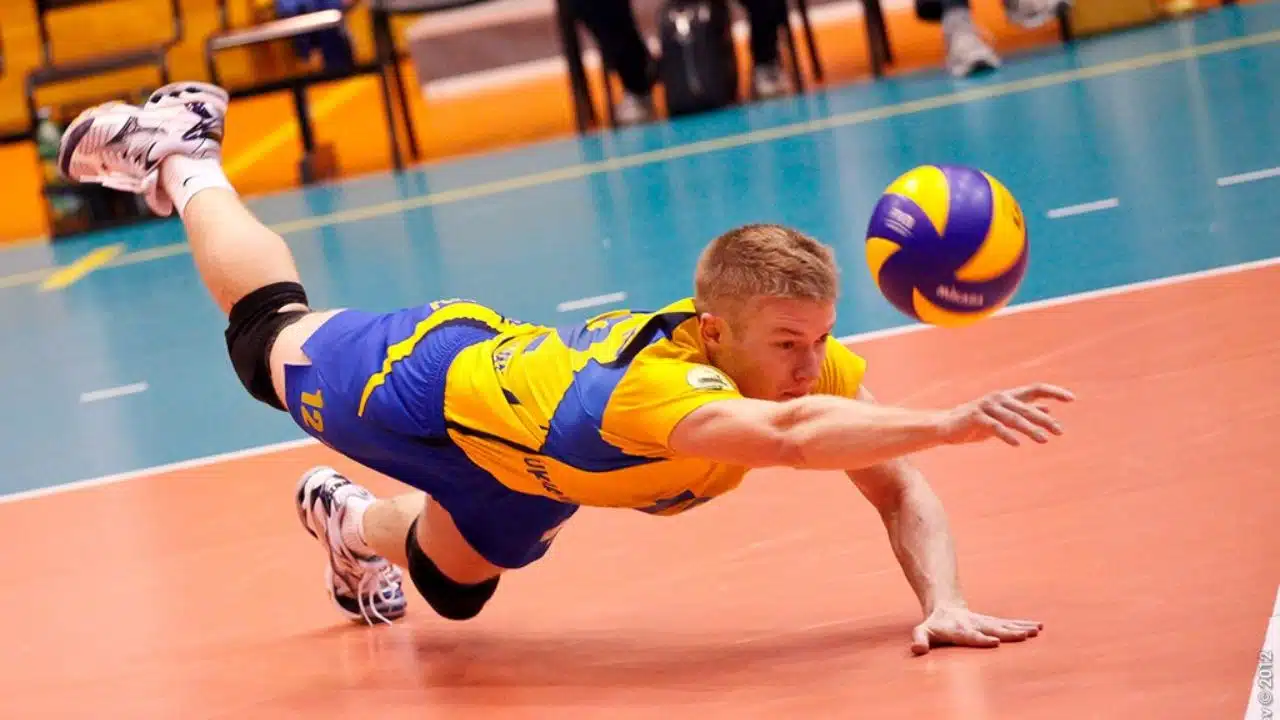
How To Pass As A Volleyball Beginner
How to Practice Volleyball Without a Court or Other People
Volleyball stands out as an outstanding sport that can help you achieve remarkable physical fitness. What’s more, it’s a team – oriented activity. But here’s the catch: finding teammates who are always available for practice can be a challenge. The good news is, practicing volleyball on your own, even without a dedicated court, is entirely doable with a few simple drills.
When it comes to honing your passing and setting skills, you can engage in a continuous bumping motion, keeping the ball aloft, much like the art of juggling. This not only improves your hand – eye coordination but also enhances your control over the ball.
For working on your hitting, serving, and spiking, a flat, sturdy brick wall can be an excellent substitute for a traditional volleyball court. You can practice serving the ball against the wall, aiming for accuracy and power. When hitting and spiking, visualize the wall as the opposing team’s defense and try to execute powerful strikes.
By integrating all these techniques into your routine, you can have a highly productive solo practice session. This way, you can make significant progress in your volleyball skills, even when you’re flying solo.
Passing and Setting the Volleyball

1.Practice self – bumping in volleyball. Usually, a bump (forearm pass) is for passing to a teammate, but here, you pass the ball to yourself.
Gently toss the ball up. As it comes down, quickly get into the proper passing stance: feet shoulder – width apart, knees bent, body forward, and forearms firmly together with hands clasped. Bounce the ball off your forearms in a controlled upward motion, then re – position fast for the next pass.
Think of it as juggling. Keep the ball in the air as long as you can. This drill improves your passing form, forearm strength, and reaction time, which are key for better volleyball skills.

2.Perform a self – set. A set, also known as an overhead pass, is a technique that propels the ball vertically into the air, preparing it for another player to spike. Instead of using your forearms to strike the ball, position both hands above your head and gently push the ball straight upward using your fingers. First, toss the ball into the air with a light motion. Then, when the ball descends, execute the set.
Repeat this exercise and strive to keep the ball in the air for as long as possible using sets.
Begin by hitting the ball directly upwards. After that, pass it a bit more to the side, which will require you to dash quickly in order to make the next pass. This activity serves not only as a passing drill but also as a great physical workout.

3.First, master passing to others and setting to yourself. Once you’re good at both, start an advanced practice.
Toss the ball up. Pick a pass type to start, then switch between the two, keeping the ball in the air as long as you can.
Begin by alternating pass types each time the ball comes down, then switch randomly. For example, do 3 forearm passes, then 1 overhead pass. This improves your reaction time.
Gradually pass the ball farther. Practice covering long distances fast to boost your game performance.

4.Enhance your passing accuracy by targeting various objects. Once you’ve mastered the art of passing the ball to yourself, it’s time to take your accuracy to the next level. Select a specific object or a distinct point. Then, toss the ball into the air and execute a precise pass towards that chosen point. The goal is to get as close as you can to the target, gradually refining your accuracy with each attempt.
Employ both types of passes during this exercise to boost your overall precision. Let your creativity shine when choosing your targets. Consider marking multiple chalk spots on the ground and on a brick wall. Challenge yourself to hit each point in quick succession, one right after the other.
For an even greater test of your precision, aim to get the ball into a garbage can or a similar container. This will truly put your passing accuracy to the ultimate test.
What Brand Of Volleyballs Is Good?
Champion Sports Rubber Volleyball
The Champion Sports Rubber Volleyball is a durable, affordable ball designed for recreational play. Made with a high-quality rubber cover, it offers a solid grip and consistent bounce, making it ideal for both indoor and outdoor use. Perfect for casual games and practice sessions, it’s built to withstand regular use while providing a comfortable playing experience.
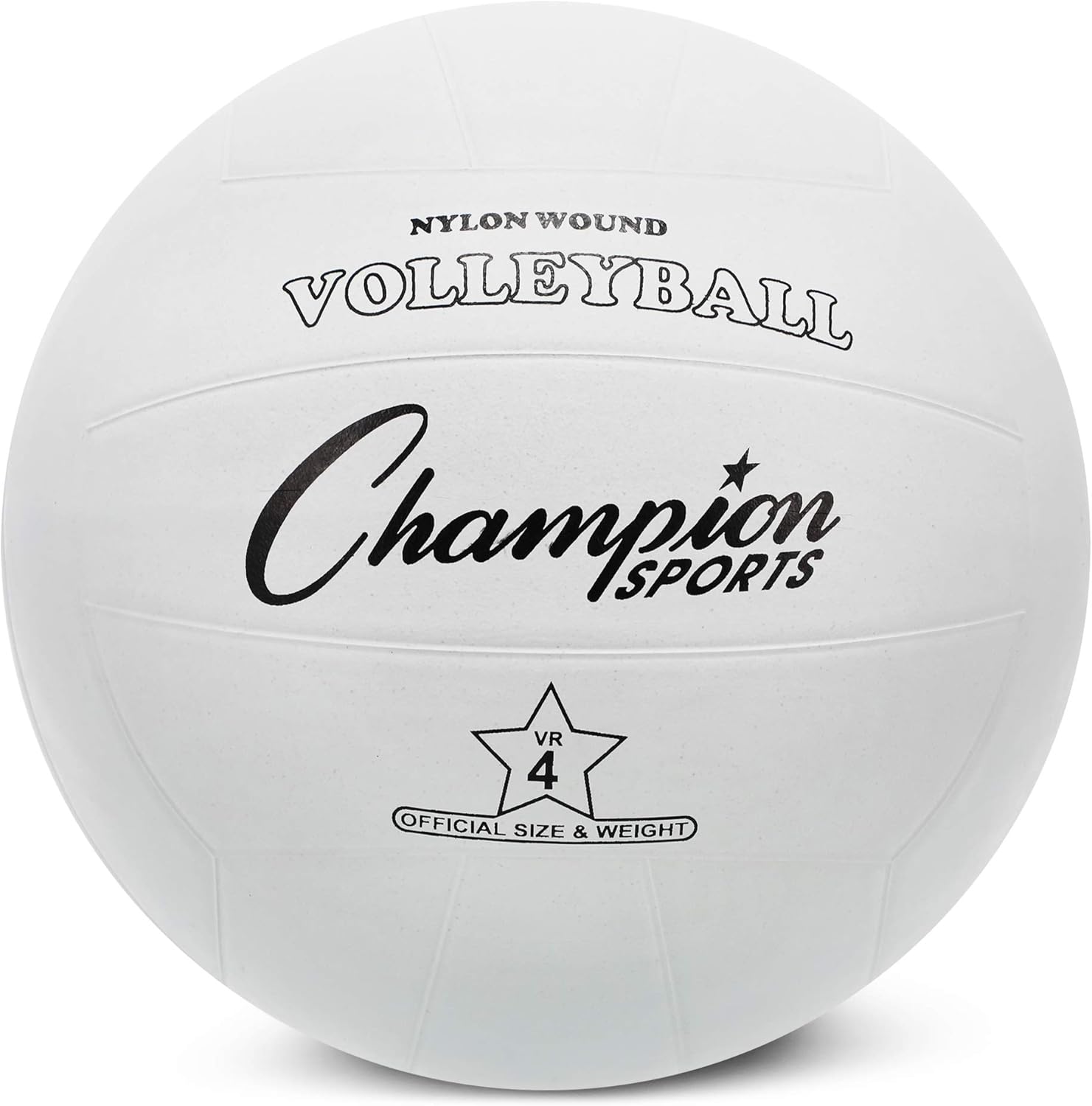
Champion Sports Rubber Volleyball, Official Size, for Indoor and Outdoor Use – Durable
WILSON AVP Soft Play Volleyball
The Wilson AVP Soft Play Volleyball is an official-size ball designed for comfortable play. Featuring a soft-touch cover, it offers excellent grip and durability, making it ideal for both casual beach games and competitive play. Its lightweight construction and vibrant design make it a great choice for outdoor volleyball enthusiasts.
Tachikara Institutional Quality Composite Leather Volleyball
The Tachikara Institutional Quality Composite Leather Volleyball is a durable, high-performance ball made with a composite leather cover. Designed for institutional and recreational use, it provides a soft touch and excellent grip, making it perfect for indoor play. Its consistent bounce and reliable construction make it a top choice for schools, clubs, and casual players.
Sensi-Tec® Composite SV-5WSC Volleyball (EA)
The Sensi-Tec® Composite SV-5WSC Volleyball is a high-quality, composite leather ball designed for indoor play. Featuring Sensi-Tec® technology, it offers a soft, leather-like feel with superior grip and durability. Its optimal balance of performance and comfort makes it perfect for competitive and recreational use, providing a consistent, controlled play experience.
Mikasa V200W, Volleyball
The Mikasa V200W Volleyball is a top-tier, professional-grade ball designed for indoor competition. With its advanced microfiber cover and innovative panel design, it offers exceptional grip, stability, and control. Used in international tournaments, it delivers precise performance and a soft touch, making it ideal for elite-level play.
FQA
Q: What is the difference between a No. 5 volleyball and other types of volleyballs?
A: A No. 5 volleyball is a standard match ball with a circumference of about 69-71 cm and a weight of 260-280 grams. In comparison, a No. 4 volleyball is smaller and suitable for youth training; a No. 6 volleyball is larger and is generally used for beach volleyball, etc.
Q: How to judge the quality of a volleyball?
A: You can observe the appearance, such as whether the stitches are even and the surface is smooth; check the air tightness and see if there is air leakage after inflation; you can also feel its elasticity and feel by actually hitting the ball.
Q: Which is more suitable for beginners, a hard volleyball or a soft volleyball?
A: A soft volleyball is more suitable for beginners. It feels comfortable, reduces the impact on the hands, and reduces the risk of injury.
Q: How long is the service life of a volleyball?
A: This depends on the frequency of use and maintenance. Generally, if it is used normally and properly maintained, it can be used for several months to about a year.
Q: How to maintain a volleyball?
A: Avoid using it on rough surfaces. Wipe it clean immediately after playing. Do not expose it to the sun for a long time. Check the air pressure regularly.
Q: How much should the volleyball be inflated?
A: Generally, the air pressure should be between 0.3 and 0.325 kg/cm2. When you press it with your hand, you can feel a certain elasticity.
Q: Can you play with a volleyball?
A: It is not recommended. Volleyballs are mainly used for hitting. It is easy to damage the ball when you play with them.
Q: How to clean a dirty volleyball?
A: You can wipe it gently with a damp cloth. If there are stains, use a mild detergent, then wash it with clean water and dry it.
Q: Are there big differences in performance between volleyballs of different brands?
A: There are some differences. Well-known brands usually have more advantages in materials and craftsmanship, and their performance is relatively better, but there are also some niche brands of volleyballs with high cost performance, which require specific comparison.

